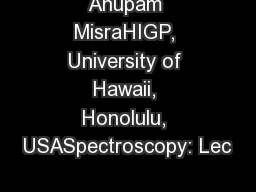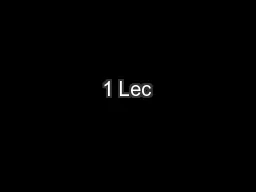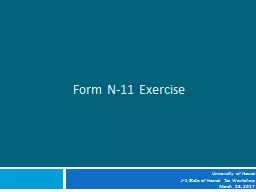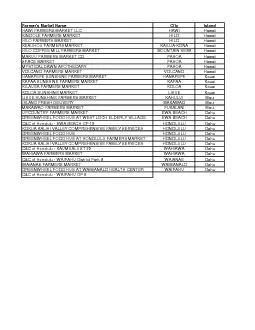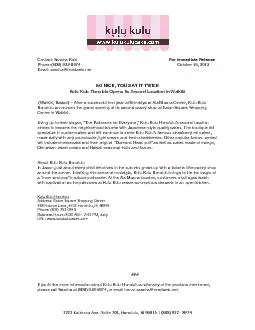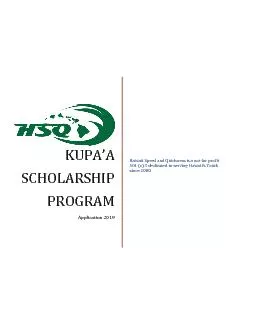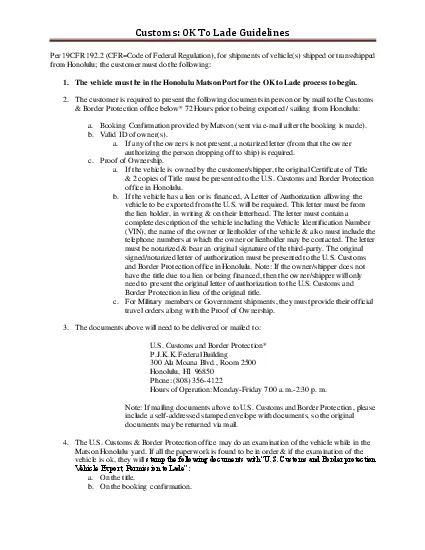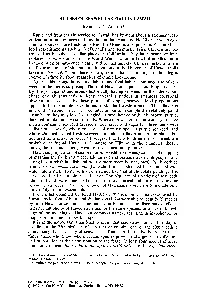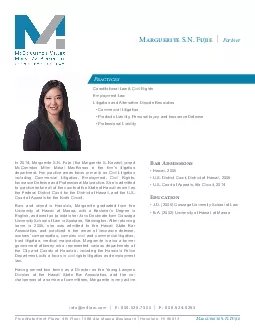PDF-Anupam MisraHIGP, University of Hawaii, Honolulu, USASpectroscopy: Lec
Author : liane-varnes | Published Date : 2016-08-21
GG 711Advanced Techniques in Geophysics and Materials Science Why atomic spectra is not enoughJust identifying the type of atoms in molecules is not enough to identify
Presentation Embed Code
Download Presentation
Download Presentation The PPT/PDF document "Anupam MisraHIGP, University of Hawaii, ..." is the property of its rightful owner. Permission is granted to download and print the materials on this website for personal, non-commercial use only, and to display it on your personal computer provided you do not modify the materials and that you retain all copyright notices contained in the materials. By downloading content from our website, you accept the terms of this agreement.
Anupam MisraHIGP, University of Hawaii, Honolulu, USASpectroscopy: Lec: Transcript
Download Rules Of Document
"Anupam MisraHIGP, University of Hawaii, Honolulu, USASpectroscopy: Lec"The content belongs to its owner. You may download and print it for personal use, without modification, and keep all copyright notices. By downloading, you agree to these terms.
Related Documents

